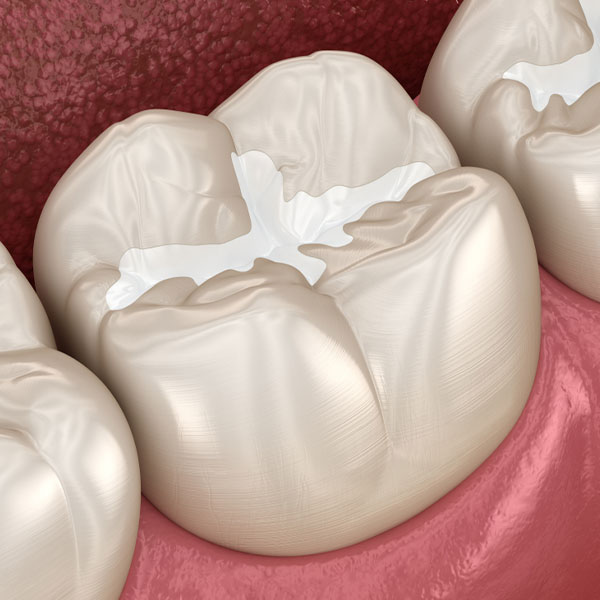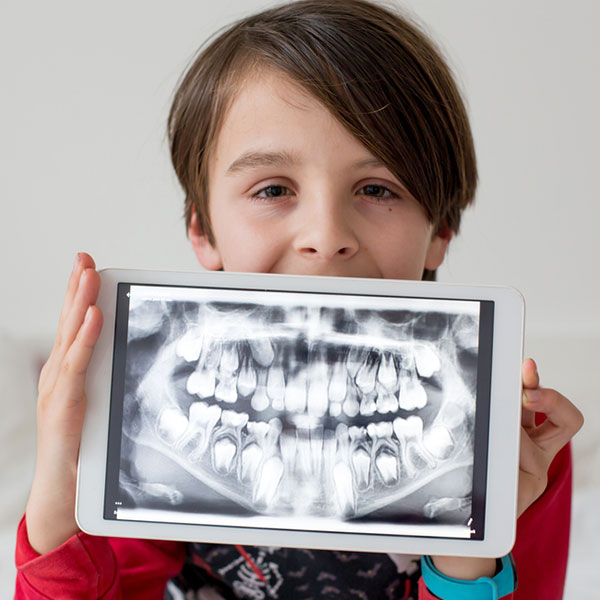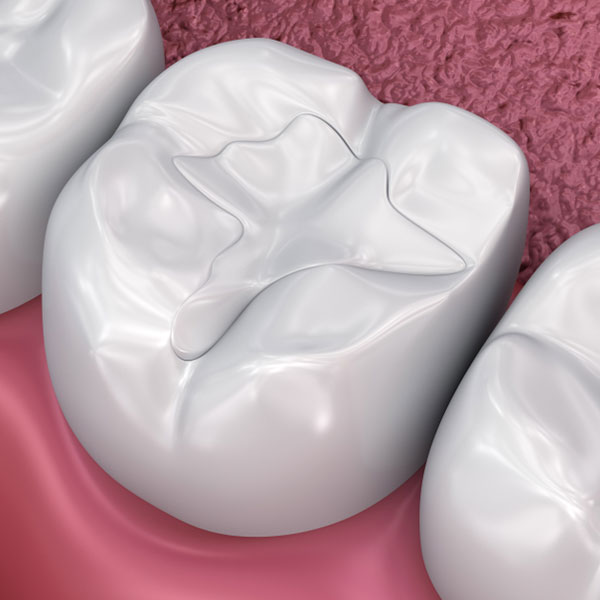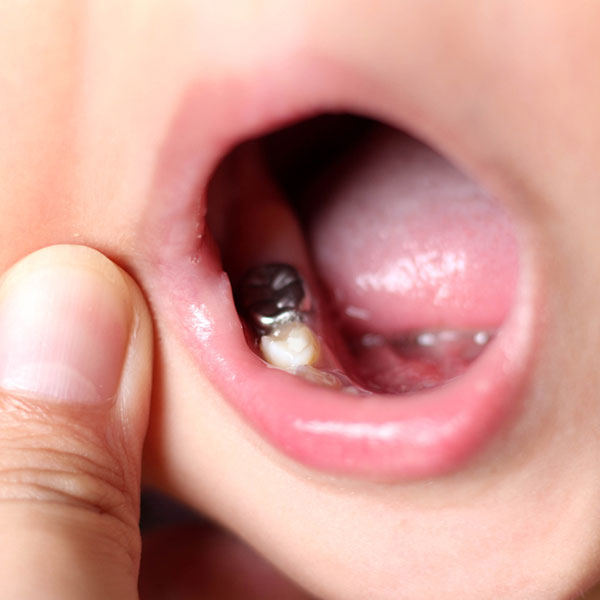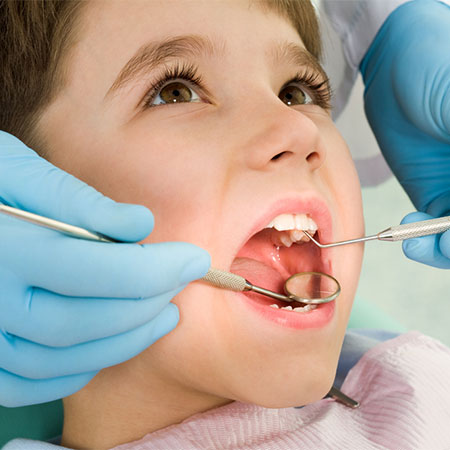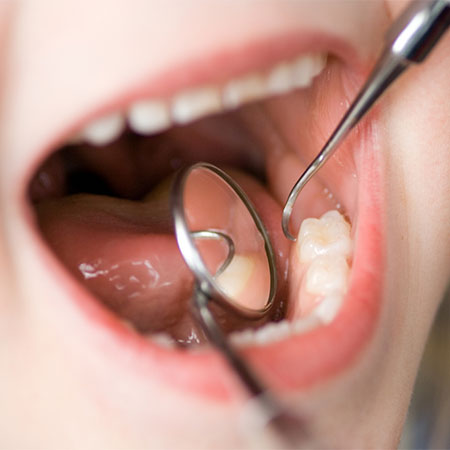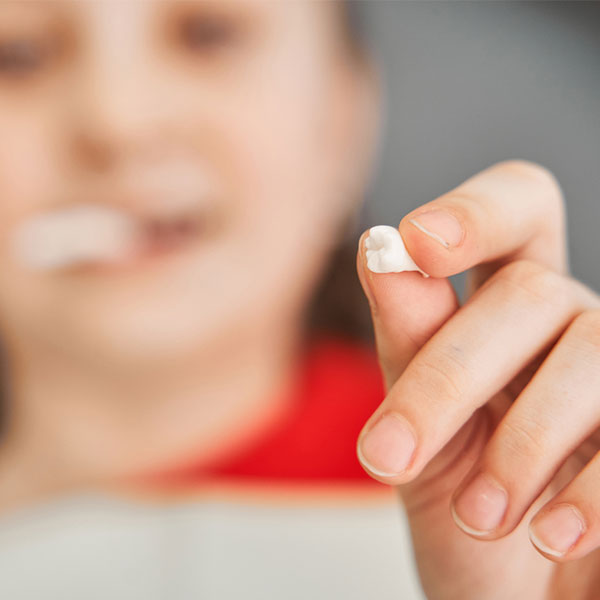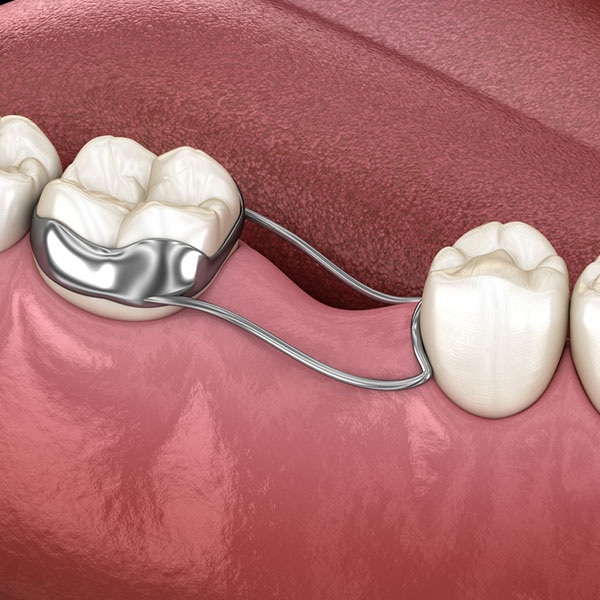Dental Sealants
Think of a tooth’s chewing surfaces as mountains with many pits and grooves. When your child eats, food gets caught in these areas. Although daily brushing is essential, applying a dental sealant will help keep these hard-to-reach areas clean. Dental sealants are painted on the chewing surfaces of the back teeth, usually premolars and molars, to prevent cavities. Sealants act as a barrier and allow food to glide smoothly over the tooth to help promote good oral hygiene and reduce the risk of cavities.

